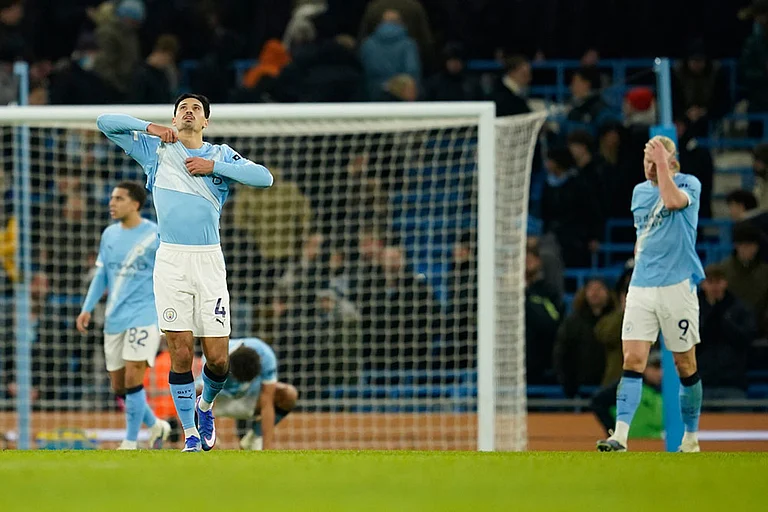The Goa I was born in had a starkly different cultural landscape than today. It was in the mid-1940s when Goa was under Portuguese rule, facing stringent censorship on freedom of speech. For this reason, many singers, artists, musicians and writers fled Goa in droves. The Portuguese colonists made sure the Goan inhabitants were comparatively well off than the rest of India with no shortage in the supply of provisions and material wants. Yet, the intellectual class was unhappy. They felt the regime lacked concern for the common man and the society’s cultural well-being. While other parts of India envied Goa for its slashed liquor rates, availability of imported cars and accessibility to foreign goods, Goan residents were not permitted into any Indian state without a passport. For the rest of India, Goa was an ideal state. For the Goans, India was a foreign country.
When the Maharashtrawadi Gomantak Party (MGP) or the Congress was in power, people chose candidates according to the political parties. So, politics did matter to people. Today, politics has become a business that no one seems bothered about. As evident from the 2022 Goa assembly election results, indicative of the state’s progressive loss of character and dilution of culture.
Goa is very secular minded, so most people were surprised that the Bharatiya Janata Party (BJP) has come to power. But I was not. The Congress was very corrupt so the people chose BJP. However, none of the elected BJP MLAs endorse their party ideology. Those who changed sides were re-elected. The BJP cadre itself is angry and disappointed with the party, as reflected in the elections where many of its leaders won by a narrow margin. Goans who voted for Aam Aadmi Party (AAP) and Trinamool Congress (TMC) wanted change, and those who voted for Goan Revolutionary Party (GRP) supported its anti-migrant stance, despite this extremist ideology.
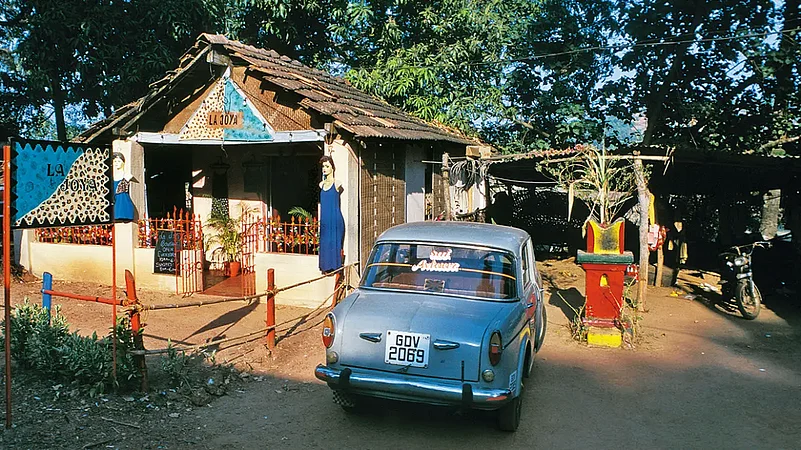
Out of Goa’s 16 lakh population, only eight lakh are Goans, the original inhabitants of the land. With time, this ‘Goan-ness’ is getting increasingly diluted given the huge influx of migrants and their reading or misreading of everyday life. For instance, outsiders often mistake Goa’s susegad (Konkani variant for the Portuguese term sossegado) culture as Goans’ lethargic approach to life. This is not so. Susegad means taking life in your stride, and the magic of knowing how to live a stress-free life with the right dose of leisure. However, in the present-day Goa, this susegad attitude is getting undermined as everything is being scrutinised for its profit potential.
ALSO READ: Paradox And Dilemma Of UP's Hindi Literati
Even the literary, music and arts space is undergoing a sea change. Goa gave the Marathi literary scene great short-fiction writers like Laxmanrao Sardesai. Vocalists Mogubai Kurdekar, Kesarbai Kerkar, Pt Jitendra Abhisheki, etc., dominated the Indian classical music scene, and the likes of trumpeter Chic Chocolate (aka Antonio Xavier Vaz) tutored many Bollywood musicians. Unlike now, Goans dominated the Bollywood music scene back then. Today Goa can no longer boast of artists, writers, singers and musicians of this calibre. A big reason is the continuous migration of such talent seeking greener pastures outside India, preferably on a Portuguese passport. Those still residing in Goa, in my opinion, are losing their creativity, even their imagination.
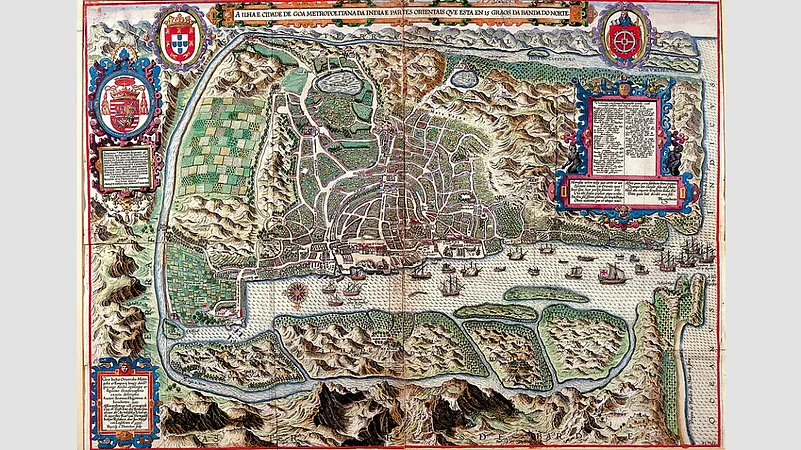
However, proving that resurrection of a dying cultural trait is inversely proportional to the will of the people can be gauged by the centuries-long persistence of the Konkani language to exist. This Indo-Aryan language that forms a minority within states along the Konkan belt—Maharashtra, Kerala, Karnataka, Gujarat, Dadra and Nagar Haveli, and Daman and Diu—is today Goa’s official language. However, during the Portuguese colonial rule, the language was in imminent danger of being wiped out. In 1684, the Portuguese passed a decree that banned the use of Konkani even in speech. Marriages were not allowed or sanctioned, and documents were rejected if in a language other than Portuguese. Even Catholic priests were not ordained as they could not speak in Portuguese. These colonists had almost succeeded in killing Konkani.
Only after Goa’s Liberation in 1961 when the state assumed Union Territory (UT) status, could natives turn to Konkani as a freedom of expression. This was backed by Konkani language agitations by MGP—the first political party after liberation—to solidify the official status of the language. By then, independent India had already formed states purely on linguistic basis, and the literature of other Indian languages had evolved and galloped far ahead of Konkani. While Goa’s mother-tongue did not have the capacity to catch up quickly, the sheer zeal of the Konkani folks has slowly brought it to the commendable position it holds today.
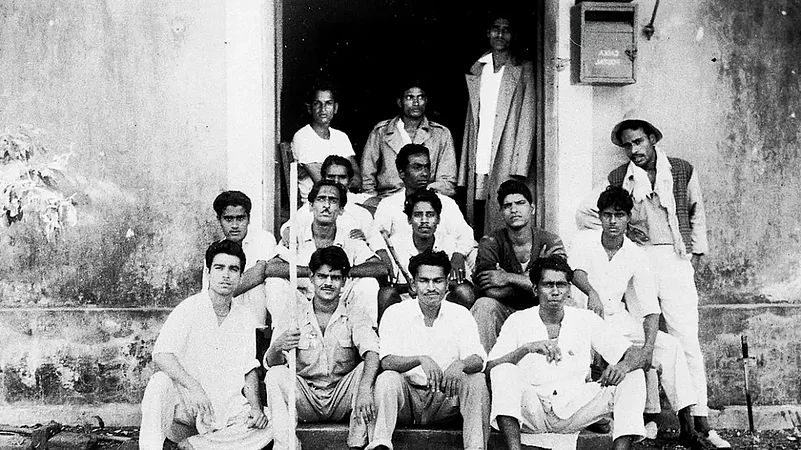
The language controversy in Goa also pitted Konkani against Marathi; the language foisted on us by Marathi lobbyists. As if Konkani belonged to Christians and Marathi to Hindus. Though this linguistic demarcation appeared ridiculous, Konkani speakers believed in this theory as it was floated by the then political ideology. Additionally, all temple priests in Goa were handpicked from Maharashtra. Also, Marathi teachers. So, even if we had studied Marathi until Class IV, it did not mean that we had achieved mastery over the language.
ALSO READ: And Unquiet Flows The Yamuna
However, Goa’s literati were privy to the best of European literature that was translated into Portuguese in the state. These exceptional linguists were well-acquainted in Portuguese, English, Marathi, and had an inkling of the heights that the literature of other Indian languages had reached, and of the immense work that had to be put in to achieve similar results with Konkani. Unfailingly, these writers always attempted to cross the bar. Take my own example. I always try to write something different from what is available in Marathi or another Indian language. Since we had the freedom to express in Konkani, we could depict the Goan lifestyle of those times in our writings.
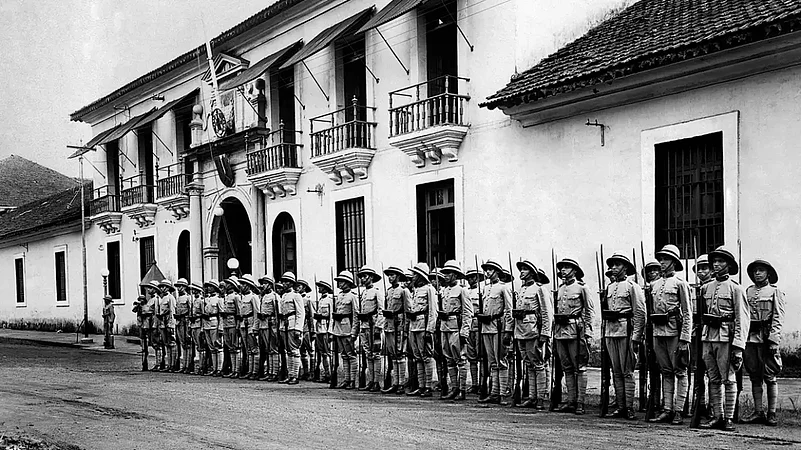
Of late, Konkani writings and works in the field of arts and music are thriving, but these are more commercially driven. It is why we need people who love Goa, its language and the well-being of its citizens. To revive Goa’s cultural scene, it is vital to involve the younger generation. Give them access to every form of Goan literature, arts and music, so as to rekindle an interest in these fields, and emphasise that not everything is about money. I am very optimistic about a positive change in Goan society, and that we will once again flourish in the glory of our ‘Goan-ness’.
(This appeared in the print edition as "Konkani Sunrise")
(Views expressed are personal)
ALSO READ
Damodar Mauzo is a Jnanpith Award-winning writer based in Majorda, Goa








